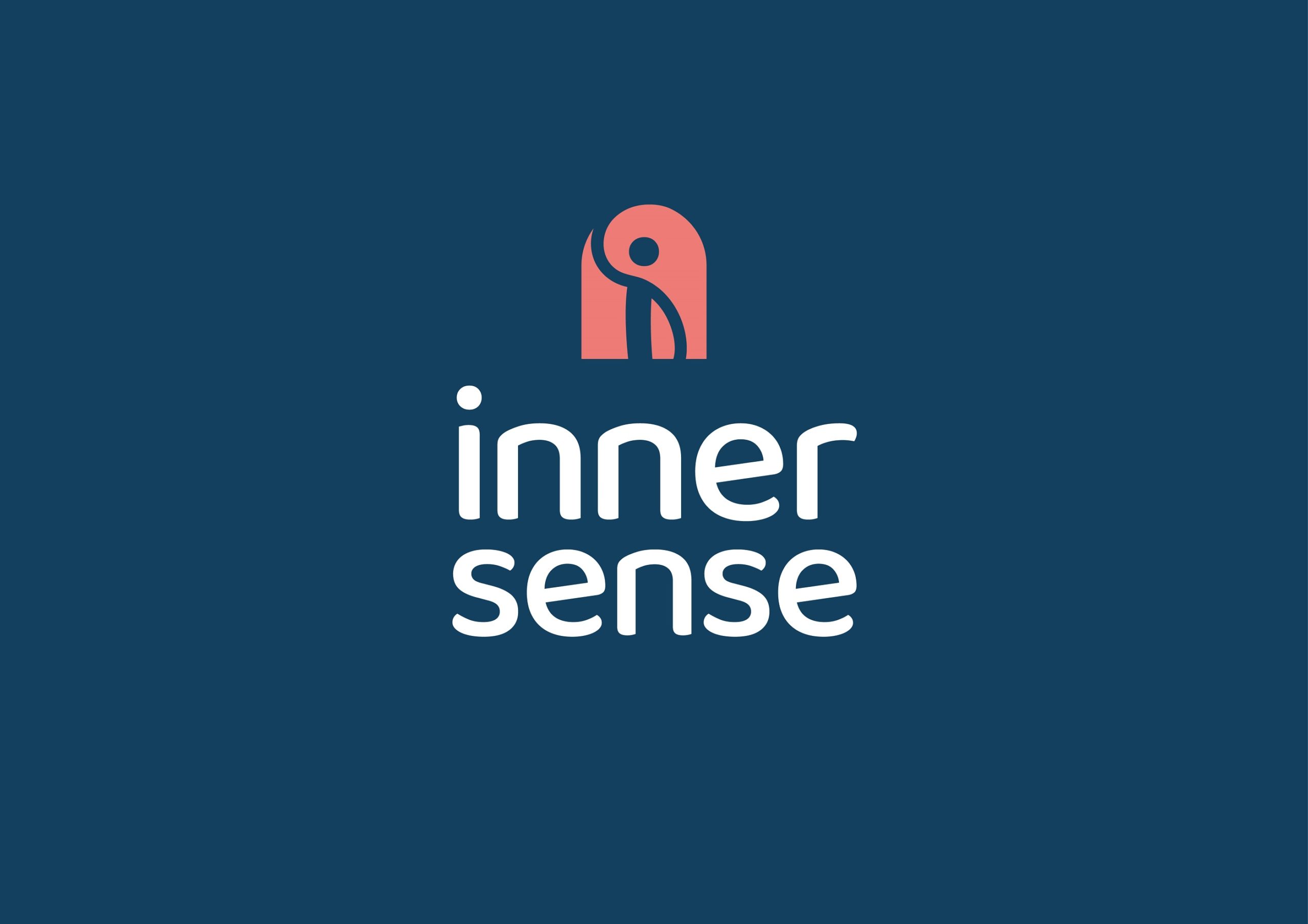Following on from our previous post on the importance of work-life balance, here, we’re going to look at how to improve your work life balance.
For many years, I lived my life by squeezing as much work as possible into each day. In the little time I had left, I’d have to try to fit in life’s other activities, like seeing friends, gardening and shopping. It was very stressful and felt like I was trying to catch up all the time.
So, I decided to turn the situation on its head.
To do this, I used a simple three-step exercise that helped me radically change my perception of how I organise my life, ultimately allowing me to enjoy myself more in and outside of work. You’ll need to set aside a couple of hours for this – and be prepared to be honest with yourself:
- Write down everything you do outside of work
On a big piece of paper or digital spreadsheet, write down the things you want and have to do outside of work. It can help to split things up into daily and weekly activities. To get you started, here are a few ideas:
- Daily: cooking, reading, sleeping, exercise
- Weekly: food shopping, socialising, housework
- Decide how long you want to spend doing each activity
For each item on your list, write down how long in hours you want to spend doing them. Be generous when making your estimations, especially for tasks that seem smaller, like housework, cooking and shopping – these usually take longer than we expect.
- Workout how long you’ve got left for work
Once you’ve got your weekly totals, subtract this from the number of hours in a week (= 168 hrs). Whatever remains, is the amount of time you’ve got left for work per week. For some people, it can be a bit of a shock how little time remains for their job. For many, however, it’s reassuring to see that their ideal work life balance is well within their grasp.
Tips for Success
Talk to people at work – once you’ve worked out your ideal work life balance, talk to your employer to ensure you’re both on the same page. These days, most workplaces will consider flexible working; however, if your boss won’t budge, consider if the job continues to serve your health objectives.
Take time over money – if you are wrestling between time and money, think carefully about whether you really need certain things, like a new car or second holiday. What’s more important to your wellbeing, time or things?
Be flexible – this exercise is a plan to help you prioritise your wellbeing above work, it’s not a schedule that you have to stick rigidly to. So be prepared to update or alter your plans as additional opportunities arise in your life, this includes holidays, relationships and even new work.
Be patient – achieving your ideal work-life balance might take some time. So be patient, and take satisfaction in making small steps as you work towards your goal.
How to Improve Your Work Life Balance – Find Out More
If you found this post interesting, please sign up for my newsletter for more health- and wellness-related information, you can also sign up here to claim two free chapters from my book Restoring Balance.
Main image courtesy of Khadeeja Yasser on Unsplash



